Astroloma species have been reclassified to become Styphelia. See S
Sources used for identification of wildflowers shown on these pages and regions where they occur see Credits
These pages will
feature some of the wildflowers we have photographed in Western Australia, and where possible, identified. If you
are able to help identify further flowers, or correct any I may have wrong, please contact us.
Information given for each species
will give botanical name, known common names, describe the flower, give time of year it flowered, and where it was photographed, and
the areas it occurs in. Names have been matched to Florabase which has also been used to show distribution.
See some
of these wildflower in larger sized photos on our Flickr pages.
Australia So Much to See
Copyright (C) 2013 AustraliaSoMuchtoSee.com. All reights reserved
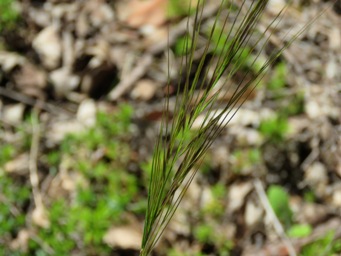
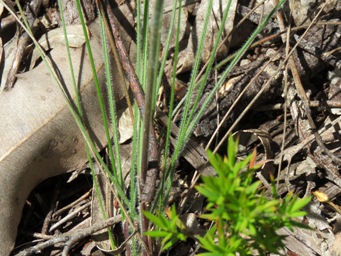
Austrostipa species, Speargrass
There are many native grasses in our bushland, often overlooked as weeds. Austrostipa is a primarily
Australian genus of plants in the grass family (Australian Stipa), commonly called Speargrass. The spear-like seeds can be seen
at right. All known species are native to Australia, most of them found nowhere else.
Ref: Wikipedia
Spring
Bridgetown,
South West region, Western Australia and Austrostipa species occur throughout much of the state, excluding the northern Pilbara and
the Kimberley.
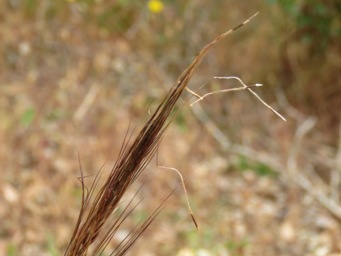
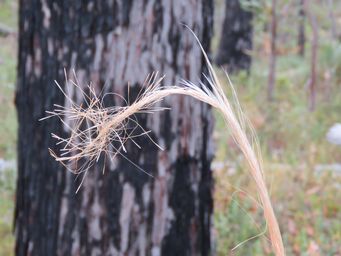
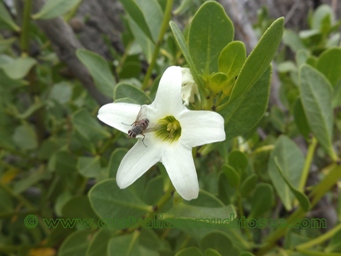
Anthocercis viscosa subspecies viscosa, Sticky Tailflower
Five petalled white tubular flower with green in centre tube. Broad
and elongated leave on a shrub. Flowers emit a distinctive odour
March
Albany, Great Southern region, Western
Australia and found close to the coast from Walpole to Esperance
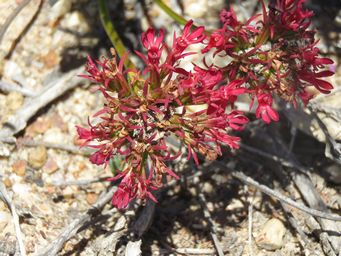
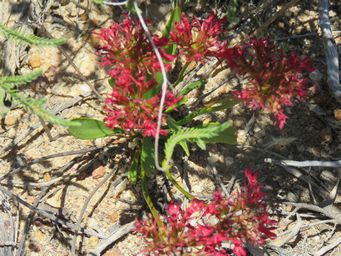
Anthotium rubriflorum, Red Anthotium
A cluster of red flowers each with three long petals pointing outwards and two shorter petals
turning back with a flute like base mounted in a star shaped calyx, on a stem from a foliage rosette
September
Dragon
Rocks Nature Reserve, Newdegate and occurs through the Wheatbelt and into the Goldfields towards the south coast near Ravensthorpe
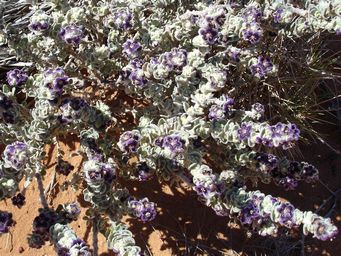
Anthotroche pannosa, (incorporates the former Anthotroche healiana), Felted Anthotroche
Five petalled purple flowers with
a darker outline on a small spreading bush with very pale green slightly furry leaves in tightly packed clusters along the stems
September
Yalgoo,
Mid West region, Western Australia and found in the Mid West, northern Wheatbelt, Goldfields and scattered through the inland deserts.
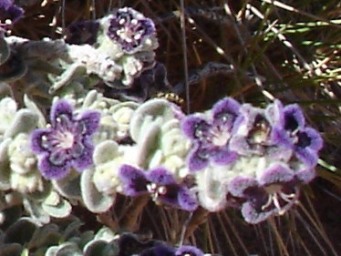
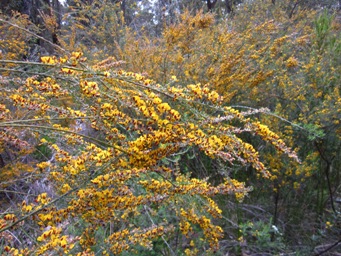
Aotus gracillima
Numerous small yellow pea flowers with red centres on a tall shrub with cascading stems of flowers. Short
narrow leaves. Growing along a sandy winter creekline.
October
Bridgetown, South West, Western Australia and is found along the
coastal strip and a little further inland through the coastal northern Wheatbelt, Perth and South West regions.
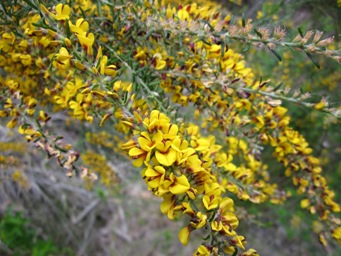
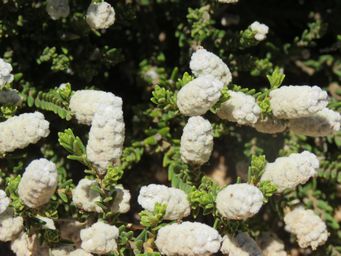
Apatelantha lachnostachya (formerly Physopsis lachnostachya), Henwood
A low and dense bush with fluffy white bud bunched closely along
the end of the stems. Tiny yellow four petalled flowers come from each of these fluffy white bumps
Seen in November and can flower
in other months
Dragon Rocks Nature Reserve, Newdegate, Wheatbelt region, Western Australia and occurs in this and adjoining shire
areas.
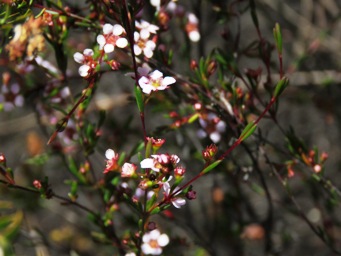
Astartea onycis, Claw Astartea, Onyx Astartea, Onyx Star-Bush
A shrub with long weeping branches. Pale pink blooms with five
petals with serrated edges. Calyx has five elongated tips almost as long as the petals. Wide flower centre has stamens
around the edge, mostly in around five groups. Slender stems are red, with pairs of cylindrical green leaves along the stem, and held
close to it.
December and can flower through to March.
Near Windy Harbour, and found in a few limited locations between
Boranup and Scott River near Augusta, and has also been collected from near Windy Harbour. Favours winter wet lowlands
and fringes of wet areas.
Priority 4 flora, due to the limited area is grow in.












